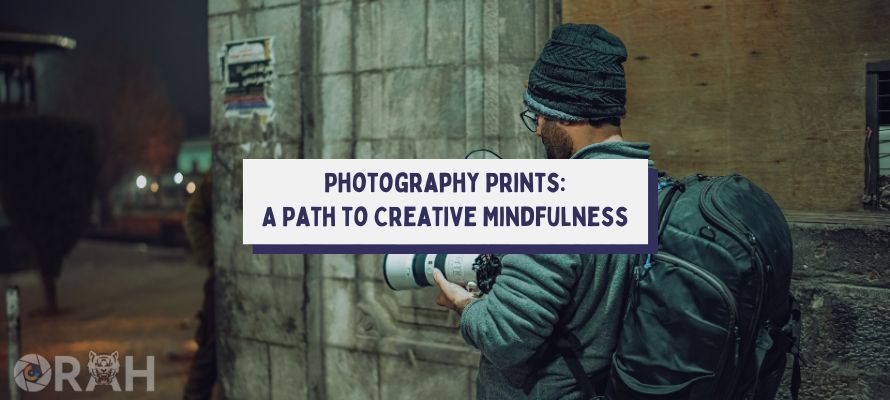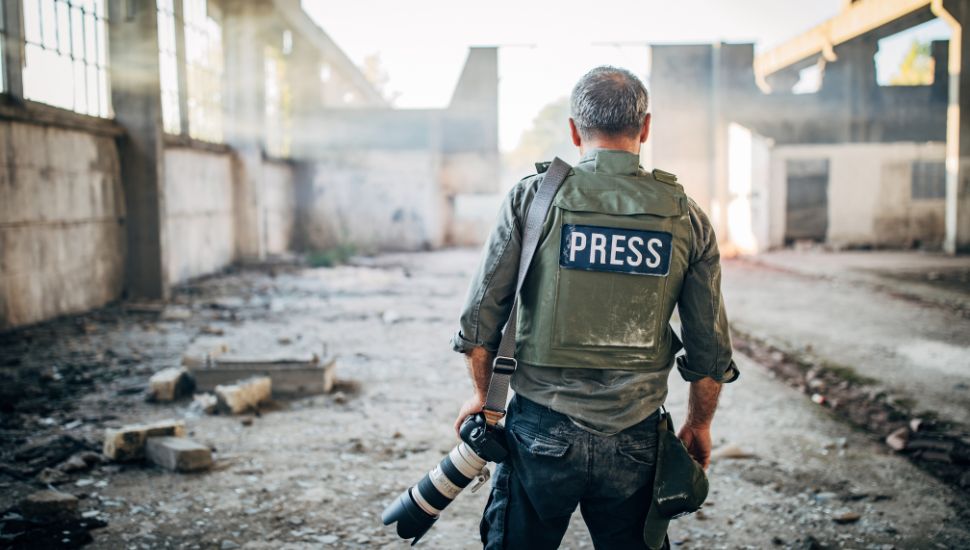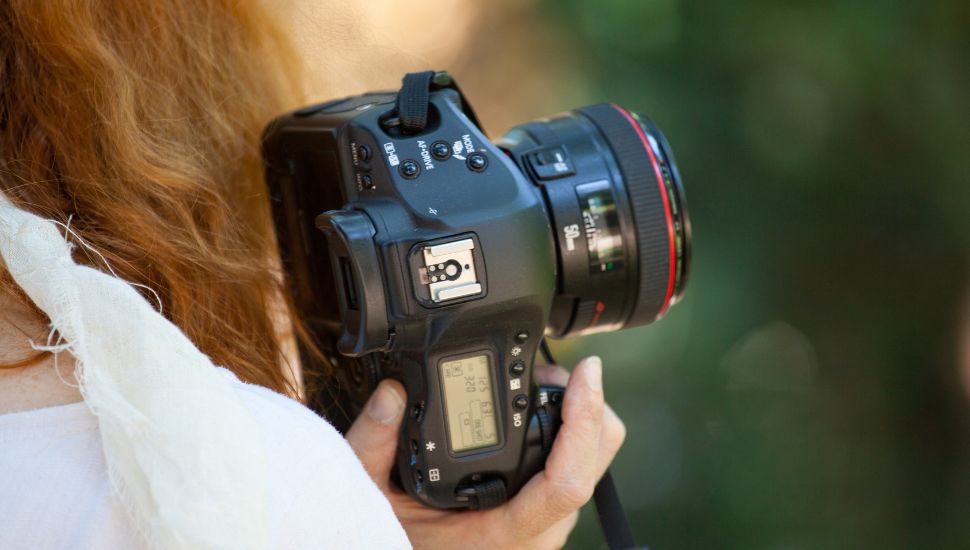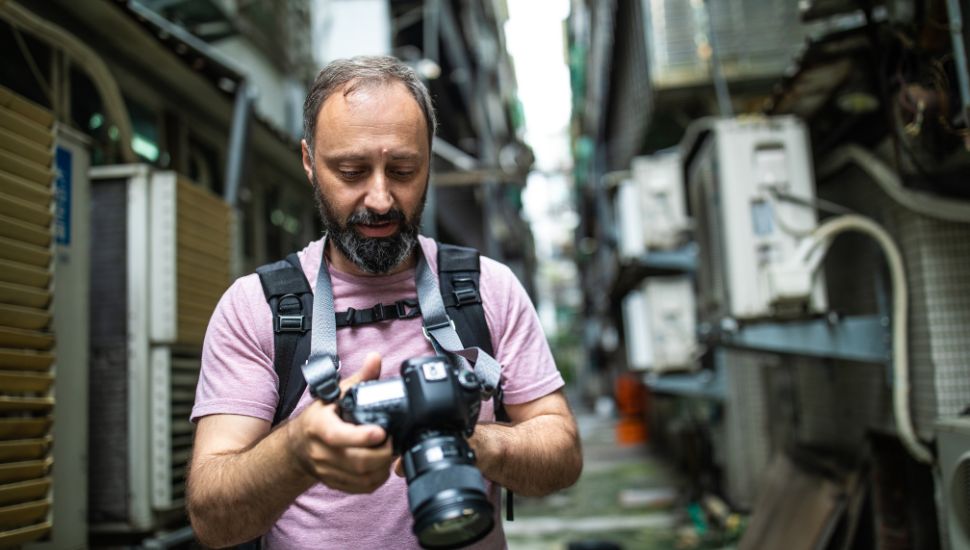
Photojournalism is incredibly important for the public’s perception and understanding of global events. Through striking images, photojournalists may evoke strong feelings, provoke thought, and start a debate.
However, each powerful photograph has moral implications that must be carefully considered if it is to continue capturing viewers’ attention.
This essay will examine some of the moral problems that photojournalists face in upholding their subjects’ dignity and integrity. For better writing experience also check this good e reader with access to millions of books!
Seeking Truth and Preserving Privacy
Photojournalists seeking truth must balance this pursuit with an ethical obligation to respect the privacy and dignity of individuals while still seeking to capture an accurate portrayal of reality.
While photojournalists strive to capture unfiltered reality images, they must tread a fine line between unfettering coverage and not intruding upon the personal lives of the subjects they photograph.

Balance becomes especially essential in cases where the pursuit of captivating images conflicts with the rights and sensibilities of those depicted.
At such times, informed consent becomes paramount to protecting individuals’ right to expression and ensuring they know exactly how their image will be used.
Furthermore, consideration must be given to cultural norms, vulnerable populations, and potentially traumatic situations to balance authenticity with privacy ethically.
Context and Representation
To prevent their images from being misinterpreted or exploited, photojournalists must present their subjects’ images nuanced and accurately.
By giving viewers accurate context, they can better comprehend the circumstances of an image and reduce the possibility of sensationalism or misinterpretation.
Additionally, ethical photojournalism calls for dedication to presenting a range of perspectives and dispelling stereotypes; through elevating the voices of underrepresented groups and shedding light on unseen stories, photojournalists can promote social justice initiatives and foster empathy.
Minimizing Harm
With great power comes great responsibility, and photojournalists must remain mindful of how their work may affect individuals and communities.
Images can stir strong emotions or trigger trauma if not handled carefully, failing which, they could even perpetuate harm.

Ethical considerations require photojournalists to exercise great caution when gathering and disseminating graphic or sensitive content, including employing techniques such as blurring faces or concealing details to protect the subjects’ privacy and dignity.
Priority must always be given to their well-being over sensationalism – thus necessitating an empathic approach when visual storytelling.
Editorially Integrity
The integrity of photojournalism depends not only on the acts of individual photographers but also on the editing procedures used by news organizations.
When choosing, modifying, and captioning photographs, editors use judgment and responsibility, which is crucial to maintaining ethical standards.
For newsrooms to maintain the credibility and reliability of journalism, they must make sure that pictures are not altered to suit a particular purpose.
The foundations of photojournalism ethics are transparency and honesty in picture presentation; these practices build trust between the profession and its audience while preserving its integrity.
Misinformation in the Digital Era
In an era where information is rapidly and widely disseminated digitally, photojournalists confront significant obstacles in their reporting, particularly in battling false information and upholding their profession.
Images’ credibility as visual narrative tools is seriously compromised by their ease of manipulation and removal from context.

Photojournalists need to have strict fact-checking procedures in place to stop lies from proliferating. Respect for moral principles and openness are essential defenses in the digital age, as false information travels quickly.
By following ethical criteria such as truthfulness, honesty, and responsibility in their news reporting, photojournalists may combat false information disseminated by bogus news sources.
In case you need help with finding reliable sources of information, and wonder “Who could do my coursework for me?”, check out the link for high-quality assistance.
Conclusion
Photography ethics can be complex and subtle, necessitating careful consideration of representation, damage, privacy, and truth when creating photographs for publication or display.
Photojournalists aiming to capture a true depiction of society must always act with empathy, morality, and respect for the individuals or communities portrayed; photojournalism remains an effective means for raising social consciousness while spurring positive change so long as ethical standards are upheld and critical discourse encouraged.